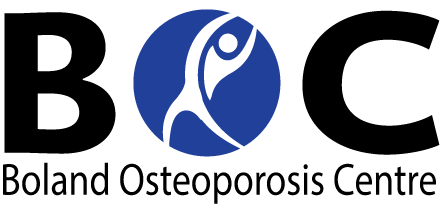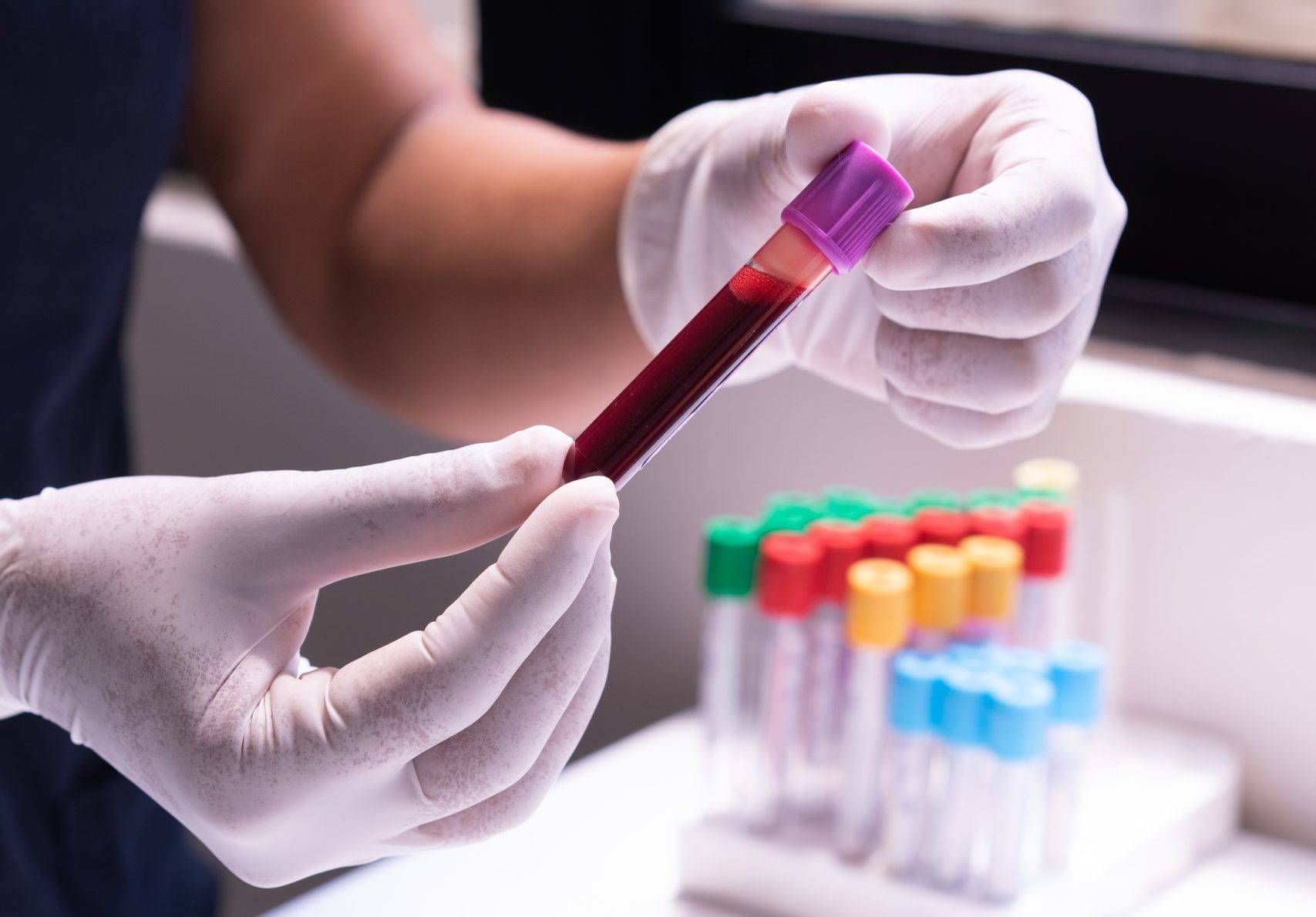Investigations for Secondary Osteoporosis
Standardized Protocol of Investigations for Suspected Undiagnosed Causes of Secondary Osteoporosis:
Investigations are done based on clinical, radiological and Dexa findings.
- Exclude primary hyperthyroidism and osteomalacia:
Serum calcium, Phosphate, Albumin, Serum 25OHD(vitamin D), PTH and ALP - Biochemical tests to identify causes of osteoporosis should largely be dictated by clinical assessment, and few test should be performed routinely.
- In patients with established disease the following tests should be done:
Full blood count, ESR, serum protein, electrophoresis, sex hormone levels in males and females when the menupausal state is uncertain.
Urine calcium level. - Optional tests:
Serum or urine bone turnover markers
Liver transaminases
Serum T4 and T3
Bone biopsy
Bone marrow aspiration
Isotope bone scan
Cancer markers
List of tests for osteoporosis:
- Blood tests for 25-hydroxyvitamin D:
institutionalised patients, housebound patients or patients having low sunlight exposure. Patients with increased skin pigmentation, obese, malnutrition malabsorption, liver disease or using drugs that interfere with vitamin D metabolism, like the anticonvulsants. - Alkaline Phosphatase: Bone turnover
- Alanine aminotransferases: alcoholism
- Bioavailable testosterone (men only)
- Creatinine: Kidney function
- Complete blood count: Indication of cronic disease
- Calcium: Bone turnover
- Serum electrolytes: Kidney functioon
- Erythrocyte sedimentation rate: Inflamation
- Free thyroxine (T4) / triodothyronine (T3): Thyriod function
- Phosphorus: Bone turnover
- Parathyroid hormone: Bone turnover
- Protein electrophoresis: Myeloma
- Thyroid-stimulating hormone: Thyroid function
- Serum C-terminal telopeptide (a measure of bone resorption)
- Tissue transglutaminase (tests for celiac disease)
- Urinalysis 24-hour; calcium 24-hour creatinine: Excretion of calcium
- Radiographs: Thoracic and lumbar spine (anteroposterior view, lateral view)









